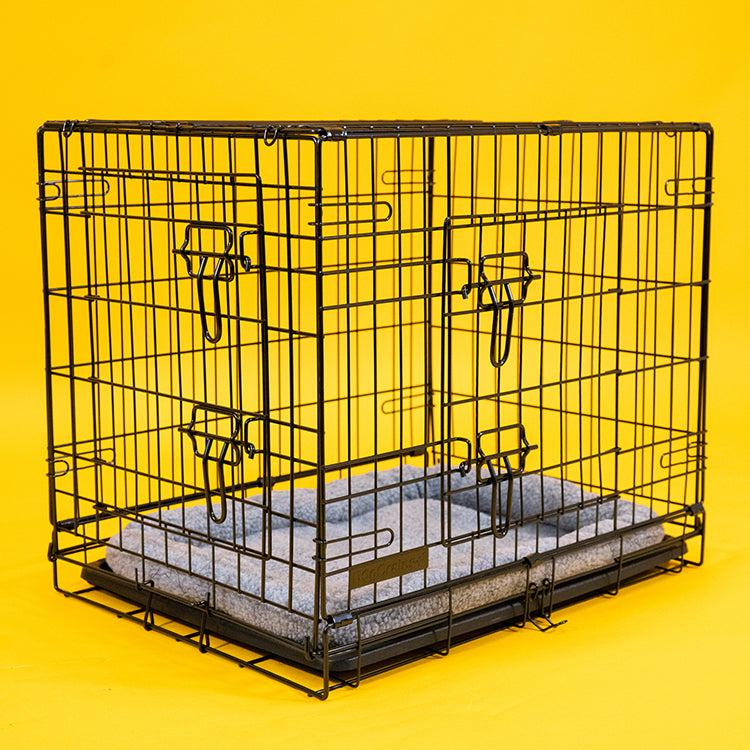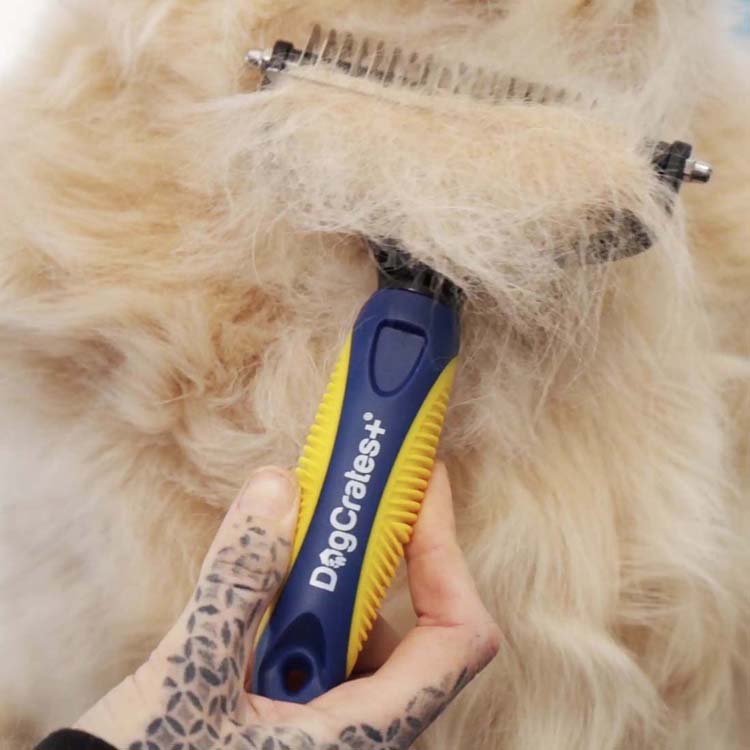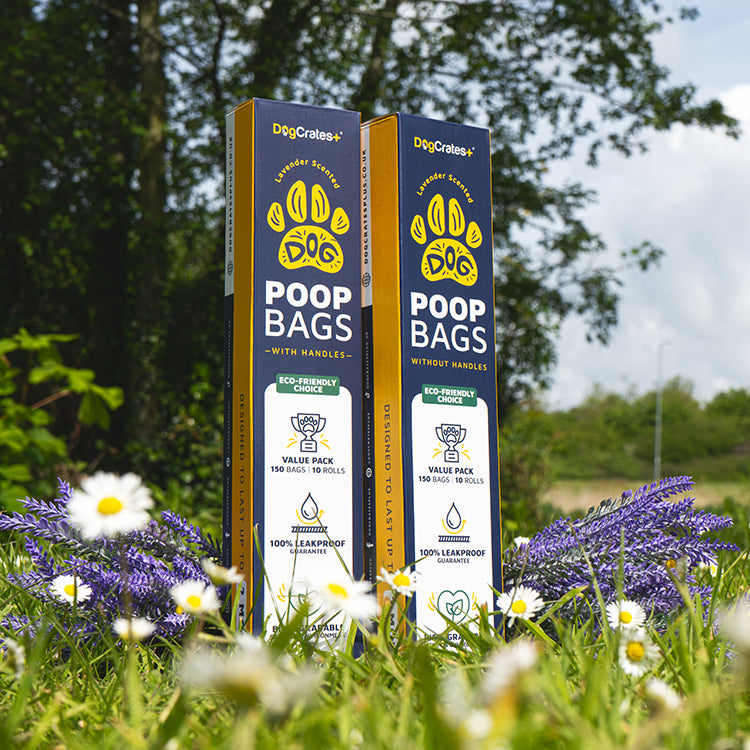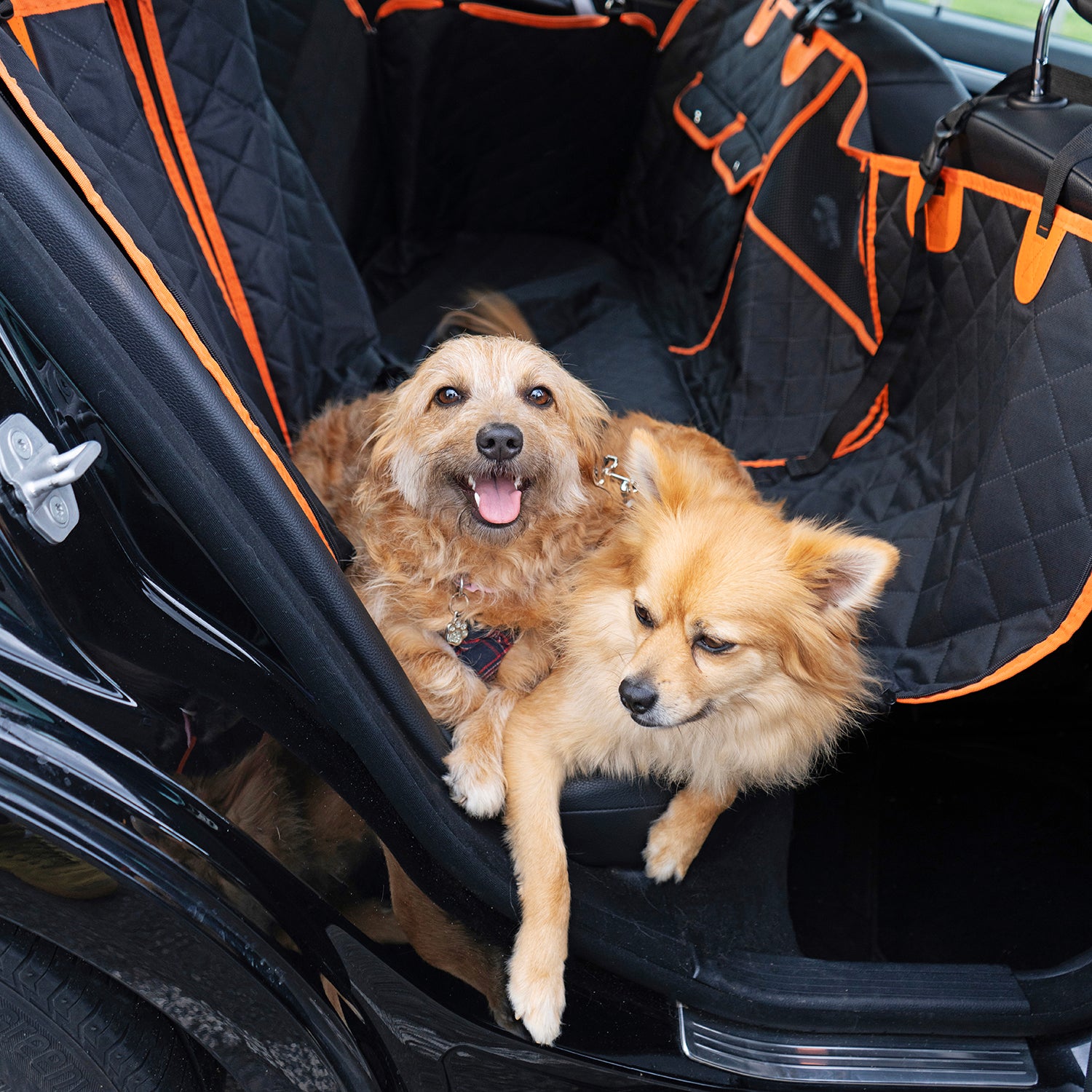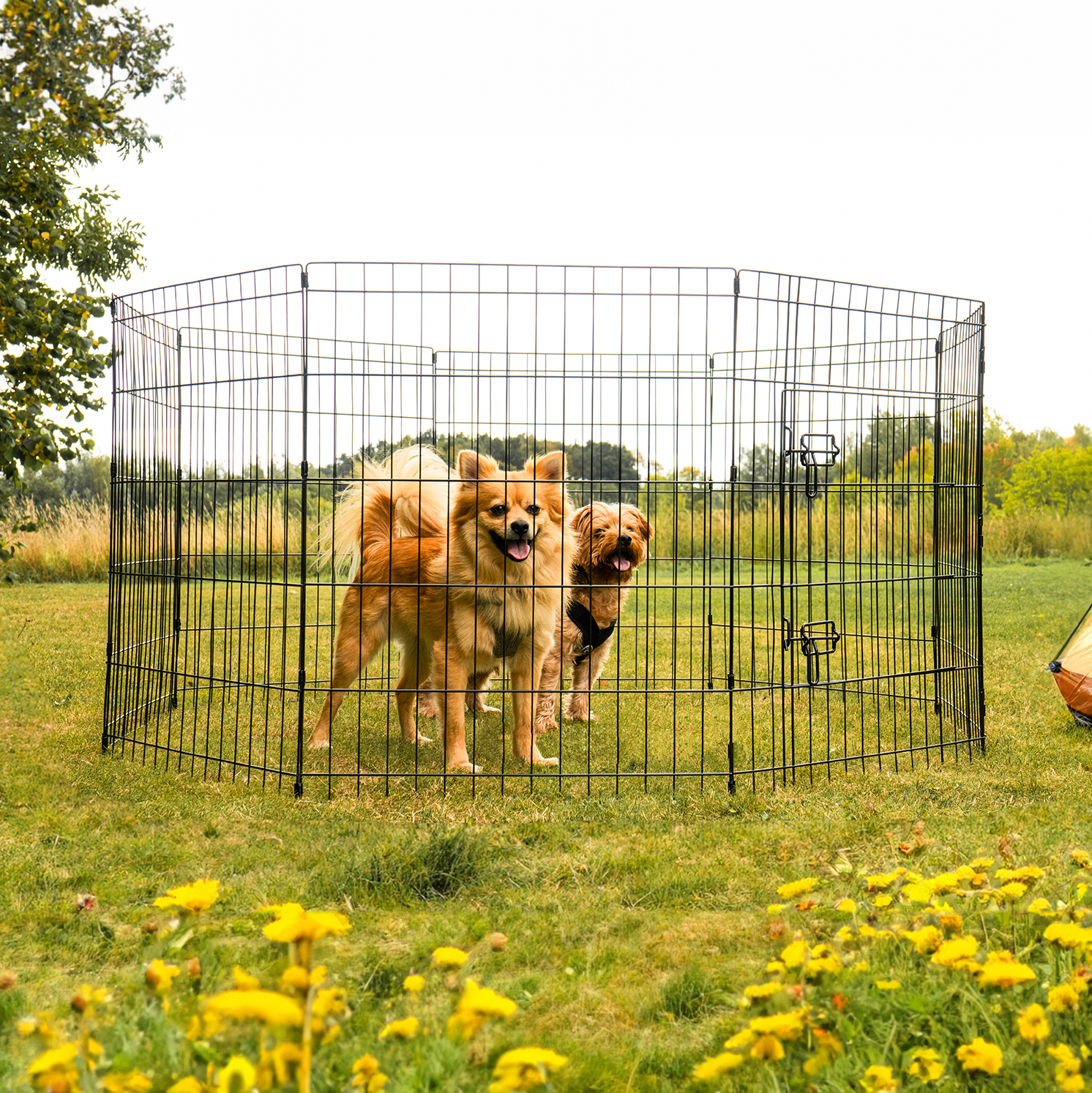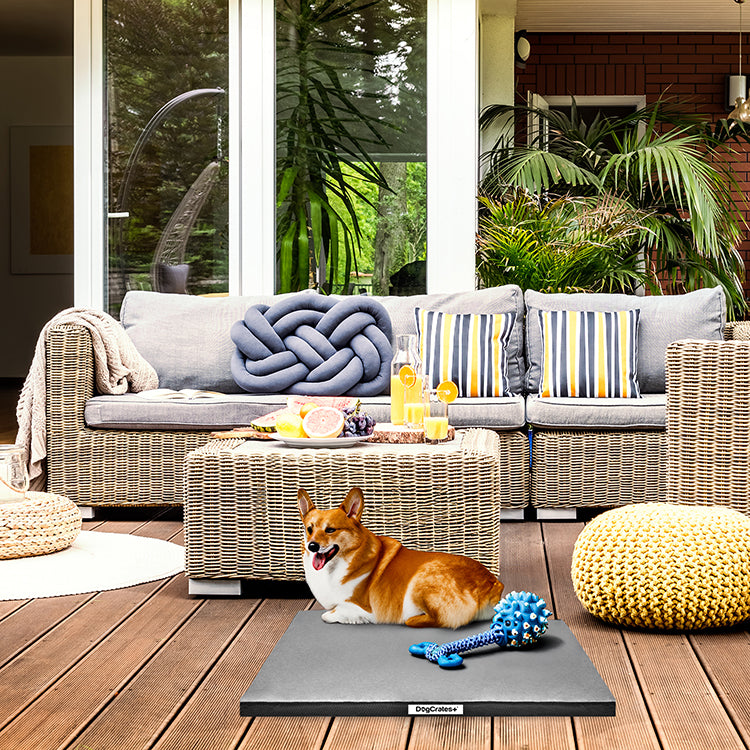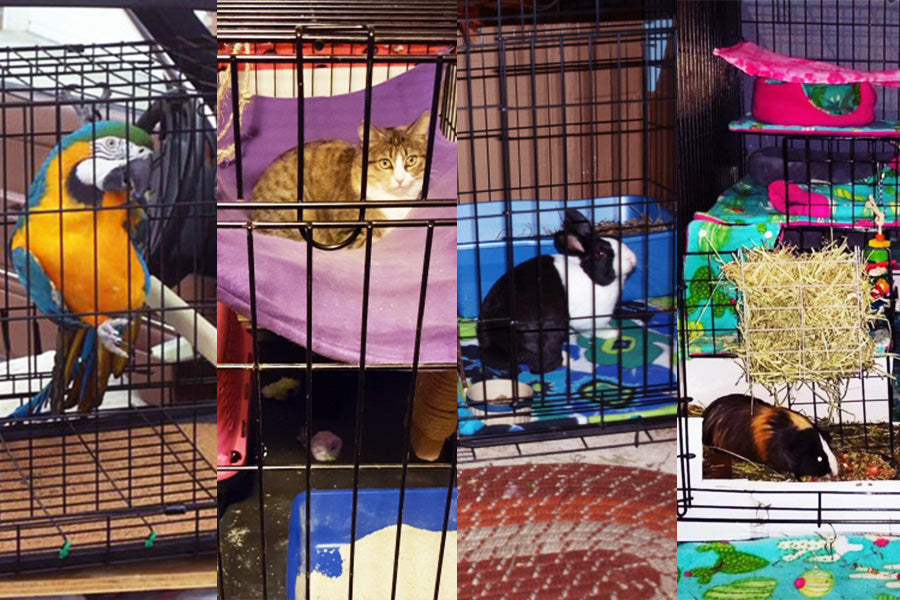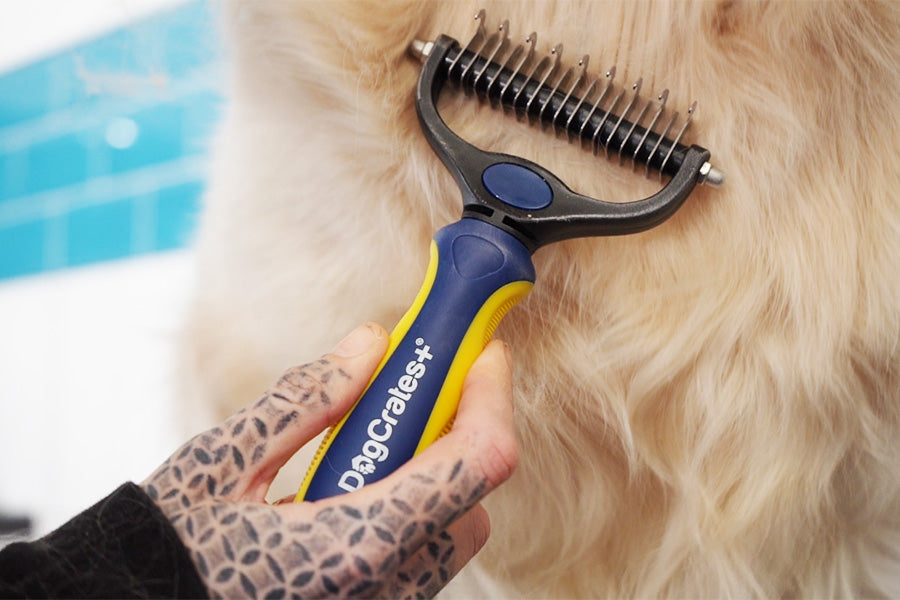In the sweltering May and upcoming summer heat, our furry companions are at risk of heatstroke, a serious condition that demands swift and accurate action. Surprisingly, a recent study by the Royal Veterinary College (RVC) reveals a concerning trend: outdated first aid methods could be putting dogs at risk. In this eye-opening post, we'll debunk common myths about heatstroke and share crucial, updated first aid tips to ensure your dog's safety and well-being during hot weather.
Dispelling Myths:
The study conducted by RVC highlighted a critical issue: less than a quarter of dogs with heatstroke had been actively cooled before reaching the vet. Moreover, many dogs were treated with outdated methods like wet towels, a practice lacking substantial evidence. Contrary to popular belief, the latest guidance emphasizes swift cooling. Young, healthy dogs can be immersed in cold water, while older dogs or those with health issues can have water poured over them, combined with air movement from a fan or air conditioning.
Expert Advice for Dog Owners:
- Act Swiftly: The key to preventing heatstroke-related complications is rapid cooling. As soon as you notice mild signs of overheating (excessive panting, drooling, or lethargy), start cooling your dog immediately.
- Cooling Techniques: Young, healthy dogs can be immersed in cold water, ensuring the water is cooler than the dog. For older or health-compromised dogs, pour cool water over them while providing air movement from a fan or air conditioner. The goal is to lower their body temperature promptly.
- Avoid Outdated Methods: Dispel the myth of tepid water. Swift, effective cooling is paramount. Avoid time-consuming practices and opt for the recommended techniques to prevent further damage.
- Stay Calm: During a heatstroke episode, it's crucial to remain calm. Your dog can sense your energy; a composed approach can help your pet feel more at ease, aiding in the cooling process.
- Know Your Dog: Understand your dog's limits. Brachycephalic breeds (dogs with short noses) are especially prone to heatstroke. If you own such a breed, exercise extreme caution during hot weather and be proactive in cooling measures.
- Seek Veterinary Care: While immediate cooling is essential, it's equally important to seek veterinary care promptly. Cooling is the first step, but a vet's expertise is crucial to assess your dog's overall health and recovery.
Armed with this updated knowledge, you can be your dog's first line of defense against heatstroke. By understanding the right methods and acting swiftly, you play a pivotal role in ensuring your furry friend's safety. Let's dispel the myths, embrace the latest guidelines, and remember: cooling first, transporting second. Together, we can keep our dogs happy, healthy, and safe in the summer heat.
Creating a cozy den using a dog crate during the hot summer months is an effective way to provide your furry friend with a comfortable and cool sanctuary. This setup can be particularly beneficial as temperatures rise, increasing the risk of heatstroke among dogs. Here's a detailed guide on how to create such a den and why it's important:
1. Choosing the Right Crate
Select a crate that is spacious enough for your dog to stand, turn around, and lie down comfortably. Ventilation is crucial, so opt for a crate with ample air flow, such as those with wire sides. Our dog crates are ideal for it, you can purchase them from here.
2. Placement of the Crate
Position the crate in a cool, shaded part of your home. Avoid areas that receive direct sunlight or are near heat sources like ovens or heating vents. Basements or tiled floors can be ideal locations as they naturally stay cooler.
3. Towel on Top
Drape a light-colored towel or cloth over the top of the crate. This helps to block out direct sunlight while still allowing air to circulate. The towel should not cover the crate completely—leave the sides open to ensure good air flow.
4. Incorporating a Cooling Pad
Place a cooling pad inside the crate. These pads are designed to maintain a cooler temperature than your dog’s body and can significantly enhance comfort. Ensure the cooling pad is safe and specifically designed for pets to prevent any risk of toxicity or injury if chewed.
5. Additional Cooling Measures
Consider placing a fan near the crate to promote air circulation, but ensure it’s not pointing directly at the crate to avoid chilling your dog too rapidly. The fan can help evaporate any moisture on the towel, enhancing the cooling effect.
6. Hydration
Provide a bowl of fresh, cool water accessible from within the crate. Staying hydrated is vital for your dog's health, especially in hot weather.
7. Training Your Dog to Use the Den
Encourage your dog to use the crate by placing favorite toys and treats inside. This makes the crate a positive space where they feel secure and relaxed.
8. Monitoring
Regularly check on your dog to ensure they are comfortable and not showing signs of overheating. Look for excessive panting, drooling, or lethargy, which are early signs of heat stress.
This cozy den setup not only provides a refuge from the heat but also integrates critical cooling techniques recommended by experts, like those mentioned in the blog. By combining traditional methods like a shaded area with innovative solutions like cooling pads, you can significantly reduce your dog's risk of heatstroke while ensuring they remain comfortable during the sweltering summer months.
Explore our dog crates here: https://www.dogcratesplus.co.uk/collections/dog-crates


